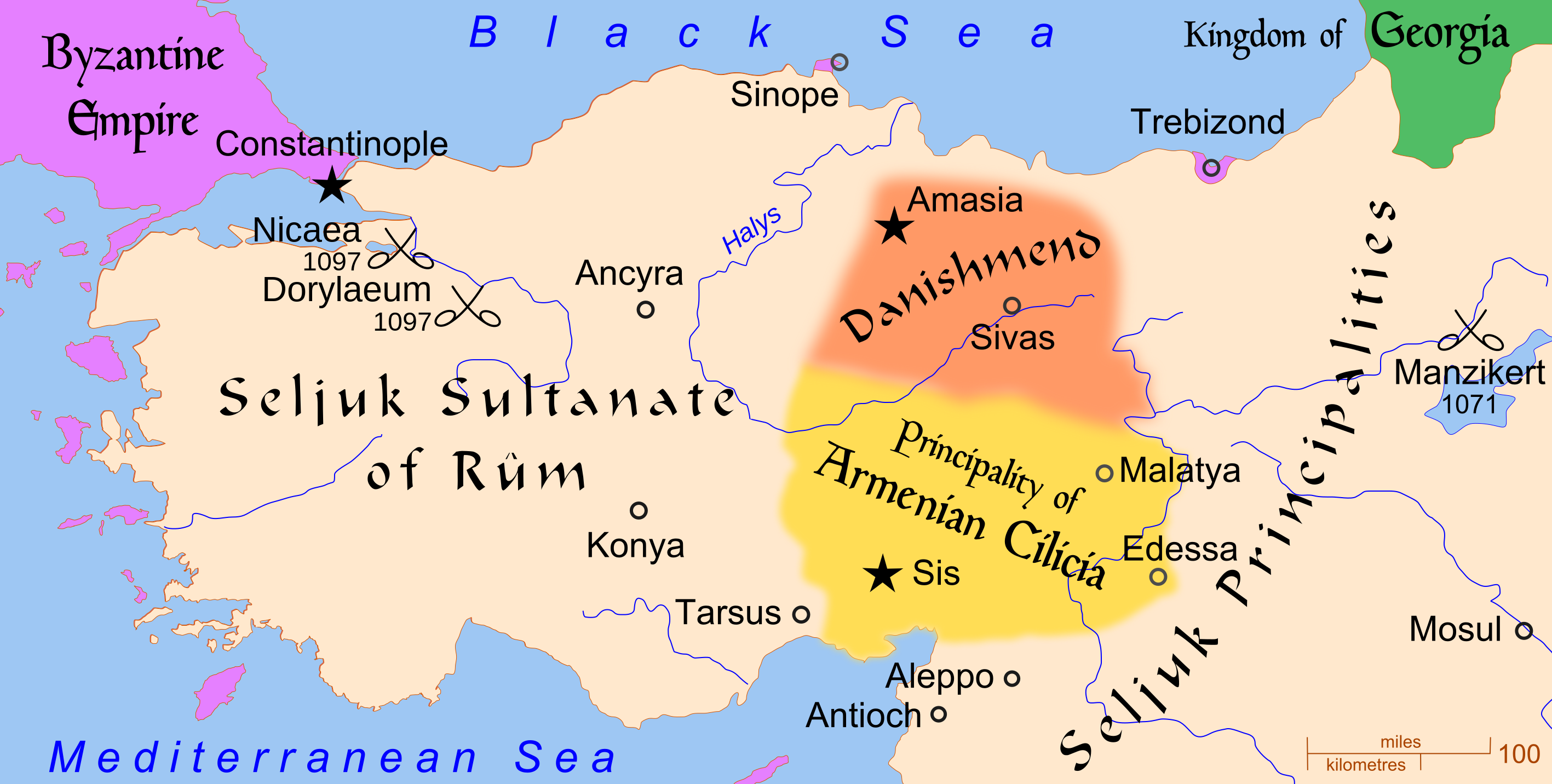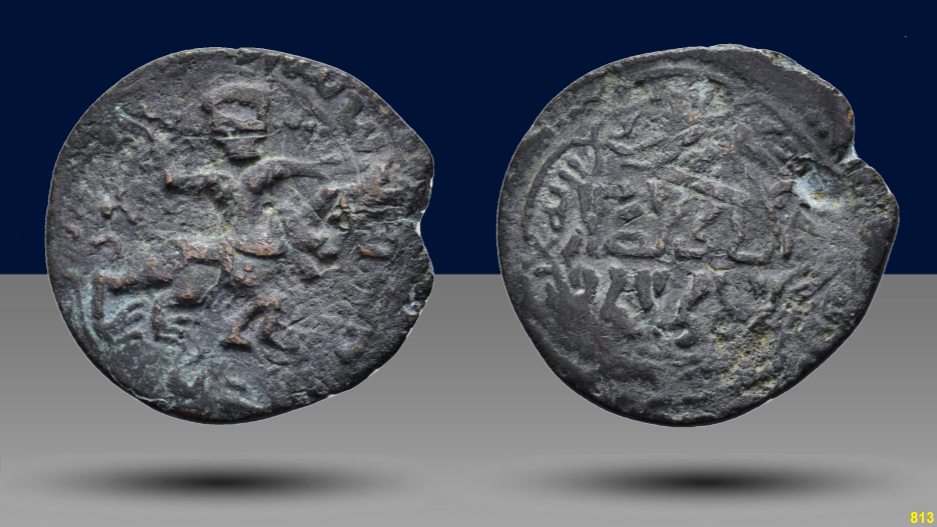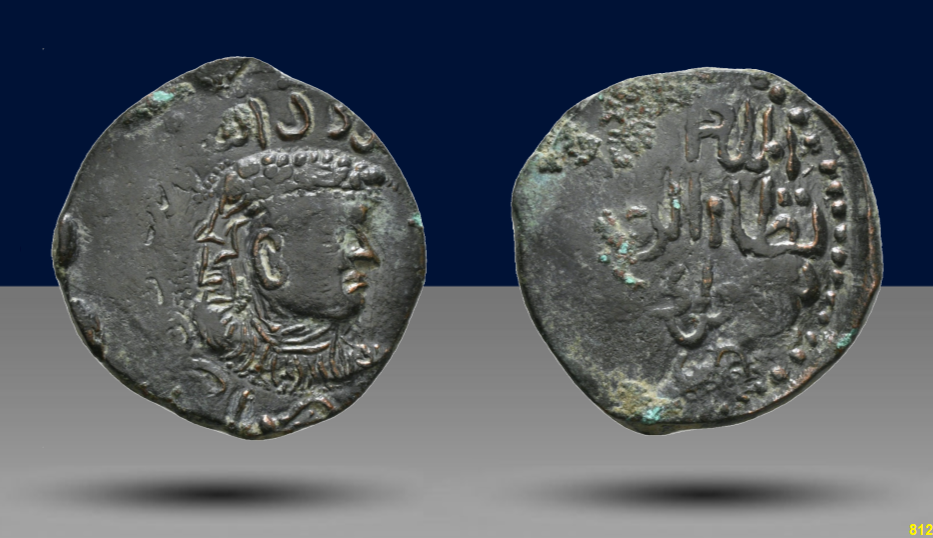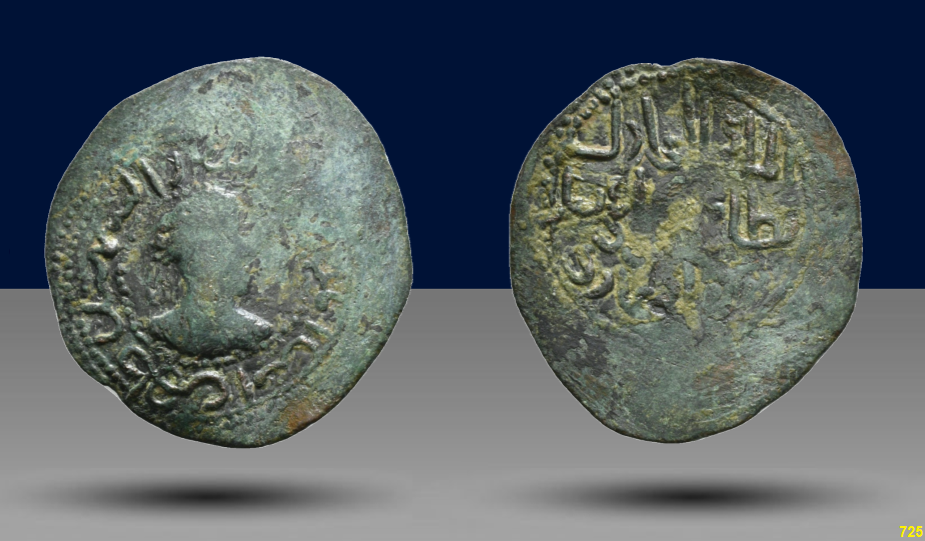| The Danishmendids | ||
| The Danishmendids ruled in north-central and eastern Anatolia from 1071/1075 to 1178. The dynasty centered originally around Sivas, Tokat, and Niksar in central-northeastern Anatolia; they extended as far west as Ankara and Kastamonu for a time, and as far south as Malatya, which they captured in 1103. In the early 12th century, Danishmends were rivals of the Seljuk Sultanate of Rum, which controlled much of the territory surrounding the Danishmend lands, and they fought extensively against the Crusaders. The dynasty was established by Danishmend Gazi for whom historical information is rather scarce and was generally written long after his death. They established themselves in Anatolia in the aftermath of the Battle of Manzikert in 1071, in which the Seljuks defeated the Byzantine Empire and captured most of Anatolia. Gazi took advantage of the dynastic struggles of the Seljuks upon the death of the Sultan Suleyman I of Rûm in 1086 to establish his own dynasty in central Anatolia. The capital was likely first established in Amasia. The header map shows Anatolia in 1097, before the Siege of Nicaea. | ||
|
References: Estelle J. Whelan, 'A Contribution to Danishmendid History: The Figured Copper Coins' American Numismatic Society, Museum Notes 25, The American Numismatic Society, New York , 1980 CNG Search for "Danishmendid" ACSearch for "Danishmendid" (Link) Danishmendid Figural Coins |
||
| A NOTE ON DÄNISHMENDID IMAGERY Although the Dänishmendids seem to have been among the first to introduce copper coins with images, it was their neighbours to the east of the Euphrates who most fully exploited this medium. The Output of the Artuqids and Zankids in particular is much better known, partly because they frequently copied the figures on ancient coins. It seems that the dynasties of central Anatolia and northern Mesopotamia shared a concern with devising suitable sovereign imagery. The Dänishmendid coins differ in the sources that were available—and preferred—for emulation. None of these coins is based on an ancient model; whenever the sources can be traced, they turn out to be Byzantine or occasionally even European objects.. Most of Mesopotamia had been part of the Islamic world since the seventh century, and current Byzantine coins were thus not readily available äs models, whereas coins of the ancient rulers of the territory evidently were. Anatolia, on the other hand, had remained part of the Byzantine empire until the invasion of the Turks after 1071. In the mid-twelfth Century Greek culture was still predominant in the central region, äs the issue of coins first with Greek and then with mixed Greek/Arabic inscriptions attests. Not until 553-59 (1158-64) did a type with an entirely Arabic inscription appear, Yaghl Basän's Type A. (Source: Whelan). | ||




